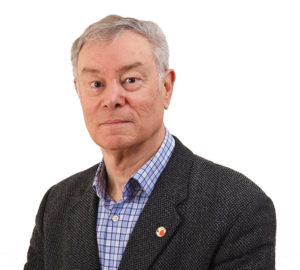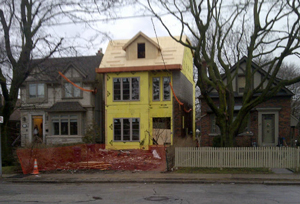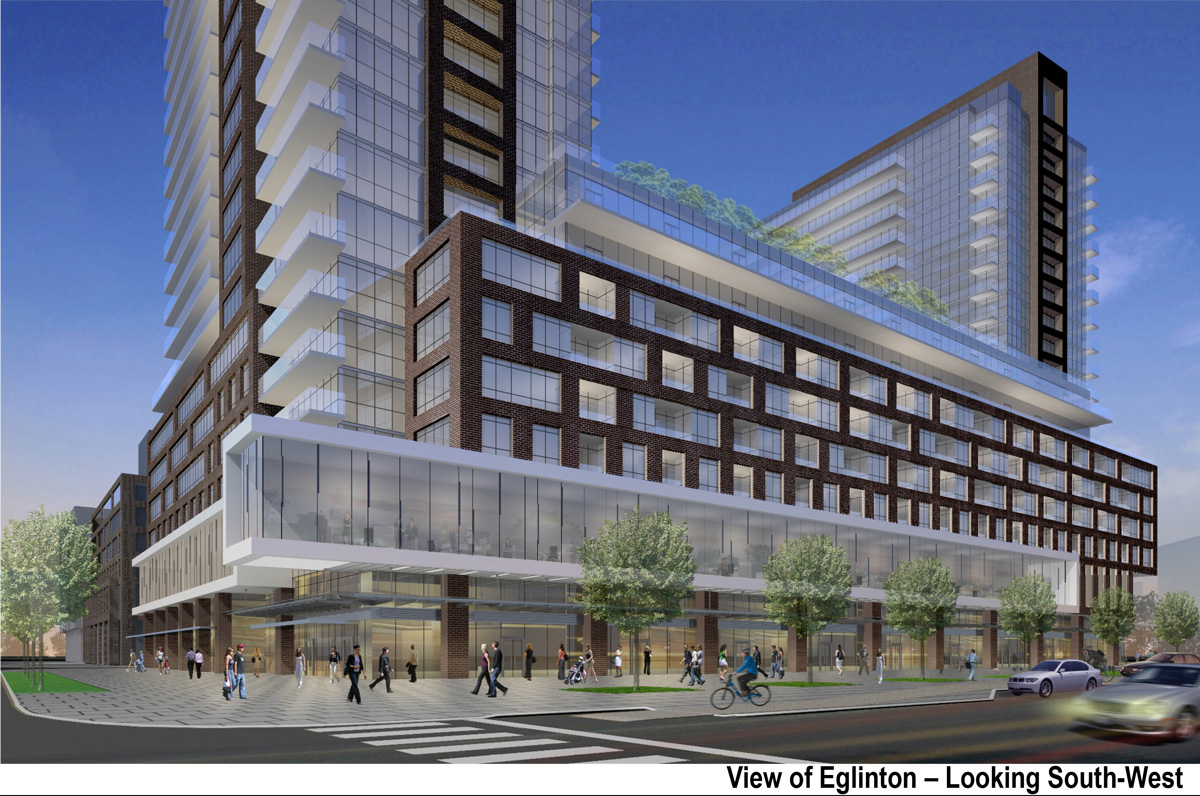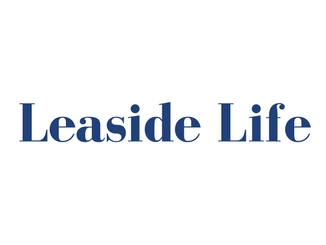It’s Laird in Focus time again! This is the major development project affecting Leaside’s path, likely over the next 30 years, so we need to get it right.
Laird in Focus Public Consultation No. 3 (Draft Emerging Preferred Alternatives), held on Dec. 5, focused on the “10 big moves”. Visit https://www.toronto.ca/city-government/planning-development/planning-studies-initiatives/laird-in-focus/ to learn more.
But have the planning consultants addressed the concerns we raised about Phase 2 Alternative Development Options, which we wrote about in Leaside Life (Nov. 2017)?
#1. “The options presented for Study Area A (the block enclosed by Laird to Aerodrome, and Eglinton to Vanderhoof) are three similar mid-rise/tall building scenarios with key elements largely the same as what was presented conceptually in the Eglinton Connects background material over two years ago…uniformly high densities proposed (FSIs of 3.67, 3.69 and 3.7), and the large amounts and high proportion of residential uses compared with employment (industrial) uses.
Phase 3 is big on expansive statements (the “10 big moves”) but short on details. There are no updates of the residential and commercial density charts presented in Phase 2, so we must assume they have not changed. Instead of the “what” we get the “how” i.e. “growth (will be) focused in one area to reduce development pressures in adjacent neighbourhoods” and “sensitive transition (of density) to adjacent neighbourhoods.”
#2. “While residents understand that intensification along Eglinton is to be expected given the public dollars being put into the Crosstown LRT and the province’s policy support for such intensification…” However “this does not mean that the tall building portion of the proposed model is appropriate for all the parcels fronting on Eglinton within the study area. Obviously as one gets farther away from the Laird station, one would expect densities to drop off significantly.”
There is clearly an effort to address this, but within the confines of the assigned growth targets for the Laird Eglinton Transit hub, and the precedent set by the Diamondcorp development approval at 939 Eglinton East. The Laird in Focus presentation chart shows an arcing of the density from west to east, with markedly reduced density at the east end; in addition the density is highest at the centre of the north-south blocks and less fronting on Eglinton and on Vanderhoof.
#3. “Little thought seems to have been given to creating a cohesive new vision for Study Area A such that it can become a major new ‘core’ for the community. What is being put forward is a series of similar blocks with little planning basis, other than open space links and roads, of how they might work together to form a cohesive and vibrant new community.”
Urban designer and Leaside resident Carlos Moreno addressed this in part in his suggestion at the public consultation to place the community centre and the adjacent open space at the south east corner of Laird and Eglinton to “create a civic node, a community piazza framed by the new transit pavilions, serving as a grand entrance to the new iconic Leaside Community Centre.”
#4. “The community currently experiences traffic congestion, lack of school space, pressures on public infrastructure (hydro, water, sewage and stormwater facilities) and on community services (libraries, parks, recreational facilities, etc.), and needs to see how such matters are to be addressed in any emerging development scenario.” These critical impacts are still not being addressed.
We still need to know about density. At the LPOA AGM on Nov. 29 Doug Obright, professional planner and LPOA board member, gave a Leaside development update which provides some numbers for anticipated growth in Leaside: lpoa.ca
The elephant in the room at all these meetings is: how are these density targets developed, and are they appropriate? The answer to that lies with the provincial Growth Plan and its application in Toronto.





